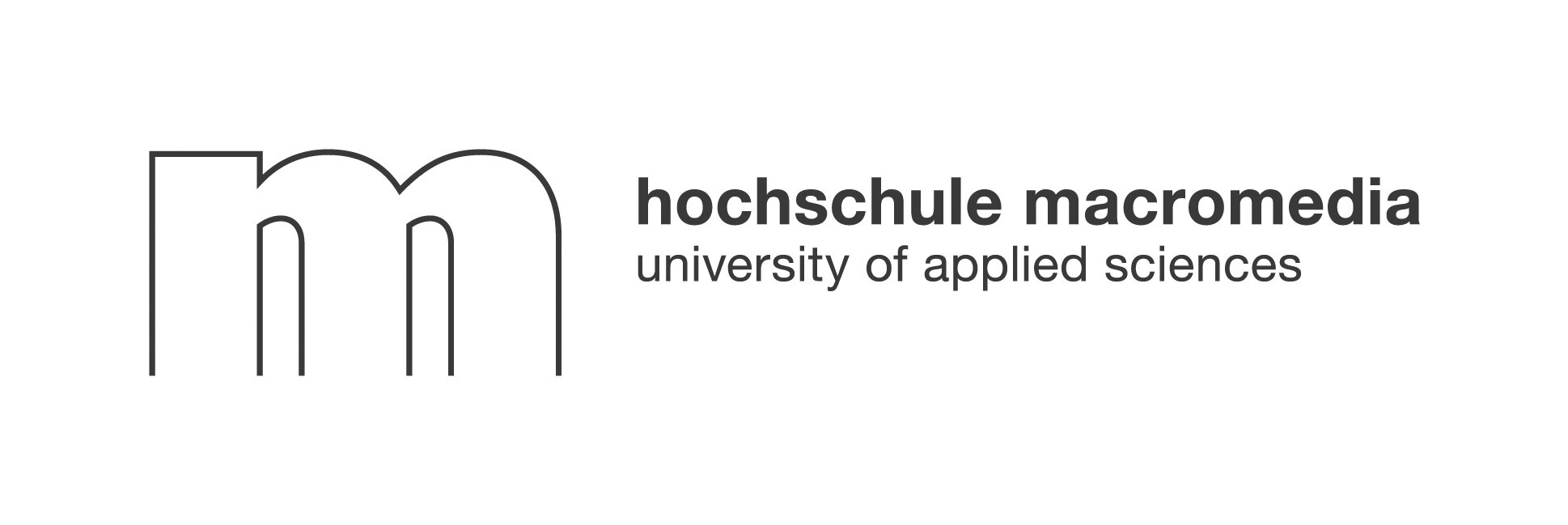Workplace mental health is now a top priority for organizations that want to thrive in 2025 and beyond. The link between employee well-being and business success has never been clearer: teams that feel safe, valued, and connected are more productive, loyal, and creative. Yet, many companies still struggle to spot risks, build supportive cultures, and measure what really matters. This guide unpacks the essentials of workplace mental health, offering practical steps and proven frameworks so your teams—and your business—can flourish.
Why Workplace Mental Health Matters Now
The productivity and cost equation
Mental health at work is not just a personal issue; it's a business imperative. According to the World Health Organization, depression and anxiety cost the global economy an estimated $1 trillion each year in lost productivity. In the U.S., 76% of workers reported at least one symptom of a mental health condition in 2021, and 84% said their workplace contributed to their challenges. These numbers are not just statistics—they represent real impacts on absenteeism, presenteeism, turnover, and workplace morale.
"Investing in a mentally healthy workplace is good for business, helping to reduce absenteeism and decreased disability costs while improving employee morale and productivity."
— Center for Workplace Mental Health
The bottom line? Prioritizing workplace mental health directly supports productivity, reduces costs, and strengthens your organization's resilience.
Human rights, equity, and employer reputation
Beyond dollars, workplace mental health is a matter of human rights and equity. Every worker has the right to a safe, supportive environment. Discrimination, harassment, and lack of support can harm not only individuals but also an employer's reputation. In fact, 81% of workers say that mental health support will influence their future job decisions. Companies that champion mental health attract and retain top talent, foster diversity, and build trust with customers and communities.
Spotting the Hidden Risks on the Job

Psychosocial hazards every manager should know
Psychosocial hazards are aspects of work that can harm mental health. They often fly under the radar but can have powerful effects. Key risks include:
- Excessive workloads, understaffing, or unrealistic deadlines
- Lack of control over tasks or schedules
- Unclear job roles and responsibilities
- Poor communication or lack of support from managers
- Bullying, harassment, or discrimination
- Job insecurity or low pay
These hazards can lead to stress, burnout, anxiety, and even depression. Managers who understand and address these risks help create safer, more supportive workplaces.
High-risk sectors and hybrid work challenges
Some industries face higher mental health risks than others. Healthcare, construction, emergency services, and social work are examples where exposure to trauma, long hours, or high-pressure environments are common. Hybrid and remote work, now widespread, bring new challenges: isolation, blurred work-life boundaries, and digital overload. Informal workers, who lack regulatory protections, are also at greater risk.
Employers must recognize these sector-specific and evolving risks to tailor their support effectively.
The Five-Pillar Framework for a Mentally Healthy Workplace
A comprehensive approach to workplace mental health draws on five essential pillars, as outlined by the U.S. Surgeon General and leading global experts.
Protection from harm
The foundation of workplace mental health is protection from both physical and psychological harm. This means ensuring safe working conditions, preventing bullying or harassment, and providing financial and job security. Organizations should review their policies regularly, address risks proactively, and enable adequate rest for employees. A culture of safety is non-negotiable.
Connection and community
Humans are social beings. Positive relationships at work—between peers, managers, and teams—boost well-being and engagement. Fostering connection involves promoting inclusion, encouraging teamwork, and building trust through open communication. Simple steps like recognizing birthdays, sharing successes, or organizing informal gatherings can make a big difference. Platforms like Neroia help employees effortlessly discover small-group activities tailored to their interests, making authentic connections easy and organic.
Work–life harmony
Work–life harmony is about giving employees control over when, where, and how they work. Flexible schedules, remote work options, and respect for personal time help reduce stress and prevent burnout. Leaders should model healthy boundaries, avoid after-hours emails, and encourage time off for rest and mental health needs. Harmony leads to higher job satisfaction and lower turnover.
Mattering at work
Everyone wants to feel that their work—and their presence—matters. This pillar covers fair compensation, recognition, and opportunities to contribute to organizational goals. Regular feedback, gratitude, and linking individual roles to the company's mission enhance meaning and dignity at work. When employees know they are valued, their motivation and resilience soar.
Opportunity for growth
Growth fuels optimism and engagement. Organizations should offer quality training, mentoring, and clear pathways for advancement. This includes supporting both professional and personal development, providing reciprocal feedback, and removing barriers to progression. Employees who see a future with their employer are more likely to stay, innovate, and excel.
Building a Culture of Openness and Support
Tackling stigma through leadership example
Stigma remains one of the biggest barriers to workplace mental health. Leaders set the tone: when they speak openly about mental health, share their own experiences, and prioritize well-being, it signals to everyone that it's safe to seek help.
"Leaders who help to reduce stigma by exhibiting openness and vulnerability in talking about personal experiences with mental health... create a culture that rejects stigma and openly communicates about and recognizes mental health challenges."
— MHSOAC Workplace Mental Health Standards
Training managers to recognize signs of distress, respond with empathy, and connect employees to resources is crucial. Leadership buy-in is the first step to lasting change.
Peer networks and employee resource groups
Support doesn’t just flow from the top. Peer networks and employee resource groups (ERGs) provide safe spaces for employees to share experiences, support one another, and champion mental health initiatives. These groups can lead awareness campaigns, host events, and offer feedback to leadership. Encouraging participation in ERGs or informal social groups—like those facilitated by platforms such as Neroia—builds a sense of belonging and shared purpose.
Policies, Benefits, and Legal Must-Haves for Employers
Parity, ADA, and FMLA essentials
Employers are legally obligated to support workplace mental health in several ways:
- Mental Health Parity: Health plans must provide mental health benefits equal to physical health benefits.
- Americans with Disabilities Act (ADA): Protects workers with mental health conditions from discrimination and ensures reasonable accommodations.
- Family and Medical Leave Act (FMLA): Grants eligible employees up to 12 weeks of job-protected leave for serious mental health conditions.
Staying compliant is essential, but going beyond compliance—by ensuring easy access to benefits and clear communication—demonstrates true commitment.
Crafting benefits that close access gaps
Not all employees have the same needs or access to care. Employers should:
- Review health plans for gaps in mental health coverage.
- Offer Employee Assistance Programs (EAPs) with diverse providers and confidential support.
- Provide tele-therapy and digital mental health platforms for flexibility.
- Tailor benefits to support high-risk or marginalized groups.
Regularly surveying employees about their satisfaction and unmet needs helps ensure benefits remain relevant and inclusive.
Practical Programs and Tools You Can Roll Out Today

Manager training and mental health first aid
Managers are often the first to notice when someone is struggling. Training them in mental health literacy, active listening, and crisis response empowers them to support their teams effectively. Programs like Mental Health First Aid teach practical skills for recognizing and responding to mental health challenges in the workplace.
Leveraging EAPs, tele-therapy, and digital platforms
Employee Assistance Programs (EAPs) offer confidential counseling, referrals, and resources. Combining EAPs with tele-therapy and digital platforms widens access, especially for remote or shift workers. Modern solutions like Neroia integrate seamlessly with existing programs, allowing employees to discover wellness activities, connect with peers, and access resources—all in a secure, privacy-first environment.
Crisis response and return-to-work plans
No workplace is immune to crises. Having clear protocols for responding to mental health emergencies—such as suicide prevention, post-incident support, and safe return-to-work plans—ensures employees feel cared for during tough times. Return-to-work programs should be flexible, combining clinical care with gradual re-entry and ongoing support.
Bullet List: Quick-Start Actions for Employers
- Train managers and supervisors in mental health awareness.
- Launch or update your EAP and promote it regularly.
- Provide flexible work options and respect boundaries.
- Foster peer support through ERGs or activity-based groups.
- Regularly review and improve benefits for mental health parity.
Measuring Success and Continuously Improving
Key metrics: turnover, engagement, EAP uptake
Tracking progress is vital to sustaining workplace mental health initiatives. Key metrics include:
- Employee turnover and retention rates
- Engagement survey scores
- EAP utilization rates
- Absenteeism and presenteeism data
- Self-reported well-being
Collecting and analyzing this data helps organizations identify trends, measure ROI, and spot areas for improvement.
Using data for iterative change and ROI
Continuous improvement means acting on what the data reveals. For example, if EAP uptake is low, employers might increase awareness campaigns or address privacy concerns. If turnover is high in a specific department, a deeper dive into psychosocial risks may be needed.
"Organizations measure, track progress, and make changes based on performance metrics related to workplace mental health."
— MHSOAC Workplace Mental Health Standards
Regularly communicating results and next steps keeps employees engaged and shows that their feedback drives real change.
Ordered List: Steps to Build a Data-Driven Mental Health Strategy
- Establish baseline metrics (e.g., turnover, engagement, EAP usage).
- Set clear, achievable goals for improvement.
- Collect employee feedback through surveys and focus groups.
- Analyze data quarterly and identify trends or gaps.
- Adjust programs, policies, or benefits based on findings.
- Communicate progress and celebrate milestones with the team.
Bullet List: Signs Your Workplace Culture Supports Mental Health
- Leaders discuss mental health openly and model healthy behaviors.
- Employees feel comfortable seeking help without fear of stigma.
- Peer support networks or ERGs are active and inclusive.
- Flexible work options and clear boundaries are respected.
- Recognition and growth opportunities are available to all.
Conclusion
Workplace mental health is no longer a nice-to-have—it's a must for thriving teams and successful businesses in 2025. By understanding the risks, building supportive cultures, and using proven frameworks, employers can create environments where everyone feels safe, valued, and empowered to grow. Tools like Neroia make it easier than ever to foster authentic connections, support well-being, and measure what matters. Investing in workplace mental health today is the surest way to secure your organization's future—and the well-being of every person in it.




